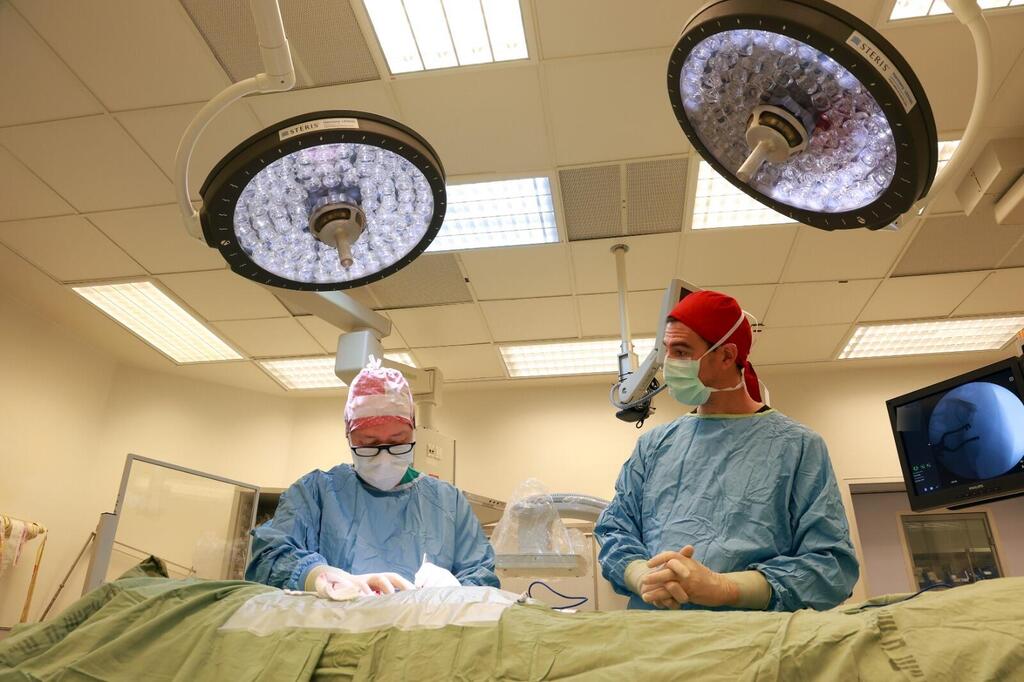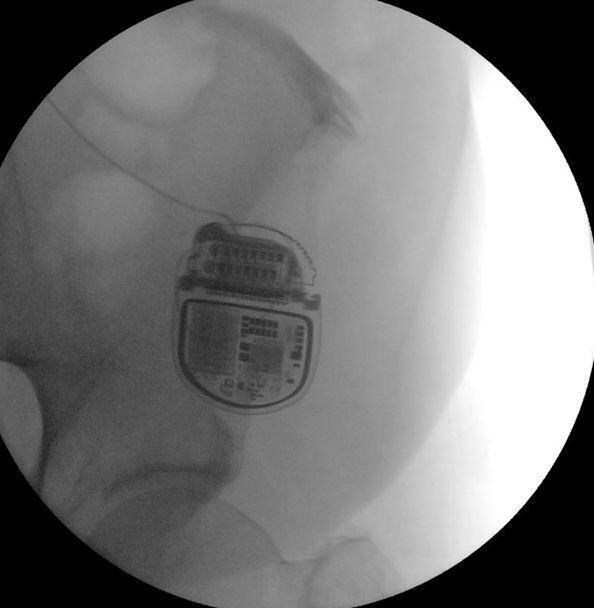Getting your Trinity Audio player ready...
Pain functions as the body’s alarm system, designed to capture immediate attention when tissue damage is detected. In some cases, damage involves injury to the nervous system—the very system responsible for sensing pain. If this system fails to recover after the injury heals, pain may persist even though the original source of the damage has been resolved.
When a patient presents with chronic pain, the first step is always to investigate the underlying cause. If an active and treatable source is identified, priority is given to addressing it, which typically leads to pain resolution. However, in cases where the body has healed but the pain persists, initial attempts to manage the pain are made with medication, which often proves effective. In certain cases, interventional treatments such as injections, radiofrequency ablation, or nerve freezing are preferred. Unfortunately, when these approaches fail, or even surgical attempts provide no relief, the patient may be left facing lifelong chronic pain and suffering.
In such situations, spinal cord stimulators are utilized. These devices are implanted within the body, with electrodes positioned along the spinal cord. The stimulators modulate the electrical activity in the spinal cord, interrupting the transmission of pain signals to the brain and providing significant relief.
What are Neurostimulators, and how do they work?
Neurostimulators are advanced electronic devices equipped with a rechargeable battery and smart technology that regulates electrical activity in the spinal cord. This modulation prevents the transmission of pain signals to the brain, resulting in effective pain relief for the patient. The entire system is implanted in the body, with the stimulator placed subcutaneously while the electrodes are located within the spinal column.
A breakthrough solution
Until recently, the spinal cord stimulators available for managing chronic nerve pain were pre-programmed devices that could be wirelessly adjusted from outside the body. Patients were provided with a remote control and charger, allowing them to switch the device on or off, toggle between pre-set programs, and adjust the intensity of stimulation. In such systems, the patient essentially acted as their own “sensor,” needing to predict the severity of their pain and manually adjust the stimulation intensity accordingly.
The new smart stimulator, recently implanted for the first time in Israel at Sheba Medical Center, represents a significant technological breakthrough. Developed by Medtronic, this device features electrodes equipped with built-in sensors that sample electrical activity in the spinal cord 50 times per second. The stimulator’s "brain" processes this real-time data and automatically adjusts the stimulation according to the patient’s needs. This advanced closed-loop system eliminates the need for manual adjustments and redefines the standard of care in pain management.
What makes the smart stimulator unique?
The new stimulator incorporates cutting-edge closed-loop technology. It was successfully implanted in a patient who had exhausted all medication and interventional treatments yet was still unable to perform basic daily activities such as walking without assistance, bending, tying their shoes, or standing for prolonged periods.
Get the Ynetnews app on your smartphone: Google Play: https://bit.ly/4eJ37pE | Apple App Store: https://bit.ly/3ZL7iNv
Immediately after implantation, the patient was able to walk unaided, dress independently, and tie their shoes—tasks that had been impossible for several years. At a follow-up appointment just days later, the patient reported tripling their walking distance, sleeping comfortably and pain-free, and discontinuing all pain medications.
The implantation process is carried out in two stages:
- Trial Phase: In the first stage, a temporary electrode is implanted for a week, while the stimulator remains outside the body. This trial period assesses the technology's ability to control the patient’s pain.
- Permanent Implantation: After one week, the temporary electrode is removed, and the patient’s condition is evaluated. If significant improvement is observed, a permanent implant is performed approximately one month later. During this procedure, electrodes are re-implanted in the spinal column, and the stimulator is placed subcutaneously within the body.
The procedure is performed under local anesthesia with mild sedation, as patient feedback is required during implantation to optimize electrode placement. Once the electrode is positioned, the system is activated, and the electrodes are secured in their optimal location based on the patient’s response. The stimulator is then connected to the electrodes and implanted beneath the skin in the lower back. The entire procedure typically lasts one to two hours, and the patient is discharged home after a brief recovery period.
Who is Eligible?
The smart stimulator is designed for patients suffering from chronic nerve pain who have not achieved relief through conservative treatments. It is particularly suited for individuals whose pain fluctuates in intensity or character, necessitating dynamic adjustments to treatment.
The introduction of the smart stimulator represents a significant advancement in modern medicine. This innovative device offers numerous benefits and dramatically improves the quality of life for patients suffering from chronic pain. It is anticipated that further technological developments in this field will lead to a revolution in pain management, enabling patients to live healthier, more fulfilling lives.
The smart stimulator exemplifies how the integration of research, development, and advanced technology can transform medical practice and significantly enhance patient well-being.
- Dr. Ruth Gur is head of the Neurosurgical Pain Treatment Center at Sheba Medical Center




